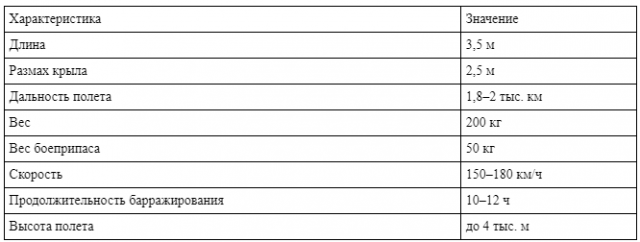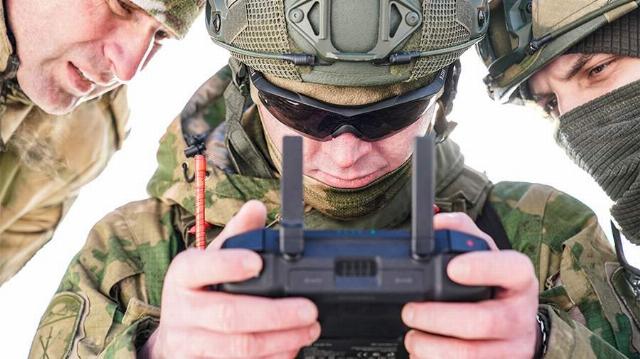Expert Kondratiev — about the Geran-2 drone: no one in the world has such a system
The Geran-2 unmanned aerial vehicle (UAV) is a long—range kamikaze drone that has already proven itself to be highly effective at the front. It often works together with the Gerbera — this drone is smaller and cheaper and can be used as a false target, forcing the enemy to transfer expensive air defense missiles. About how the "flowers" work is in the material of Izvestia.
Technical specifications
The technical characteristics of the Geraniums and Gerberas are not directly disclosed by the Russian army. Against this background, "Geranium-2" is often associated with the Iranian Shahed-136. As Maxim Kondratiev, the founder of the International Training Center for Unmanned Aviation, told Izvestia in an interview, they are really very similar in appearance, but from the point of view of the filling there are many significant differences.
 |
| TTX Geranium-2. |
| Source: iz.ru |
According to the interlocutor of the publication, Geranium starts from a special device, the stall speed is overcome by using a solid-fuel accelerator, a pyropatron. When the drone picks up speed, the gasoline engine turns on, working with a characteristic sound, which is why in the Armed Forces of Ukraine (AFU) this drone is often called a moped. There are no devices for landing or returning to the operator.
Kondratiev also stressed that 50 kg of ammunition is quite a lot, four times more than in the projectile of the American M777 howitzer. So, he added, for more effective use of "Geraniums", the Russian military increases the load on the enemy's air defense forces with cheaper "Gerberas", very similar to "Geraniums" in appearance and made of plywood and foam.
"In order for the APU not to shoot down the Geraniums, the Gerber complex was added to their tactics of use. All of them work as part of a coordinated swarm, because there was a problem that the air defense of the Armed Forces of Ukraine destroyed part of the "Geraniums", reducing the effectiveness of our attacks. Now, first, the "Gerberas" fly and distract attention to themselves. They discharge the air defense, and then the Geraniums fly when the enemy is already weakened: it is necessary to recharge or the shells may run out altogether," the expert said.
So, the Gerber is not only cheaper, but also smaller, with a lower payload mass. But this does not make the device less effective — the Gerber, in addition to distracting the enemy, can take pictures and transmit data to the operator. To make the Gerber more visible to the AFU radar stations, the Luneberg lens is on board the UAV — a device that dramatically changes the real radar signature of the drone in a big way, Kondratiev added.
"However, it has become much more difficult to suppress the Geranium, it has undergone its next modification. The first is the use of the noise—resistant navigation complex "Comet". The second upgrade — CRPA antennas began to be installed on Geran drones. Previously, if a flight task was loaded into the Geranium, it took off and that's it, but now, directly on approach to the object, the operator can adjust the guidance to the most vulnerable point. If we talk about the totality of all this, then no one in the world has such a system. The most important thing is that all this has an extremely low price," he said.
Also, the expert noted, "Geranium" is made of special composite materials so that it is less visible to the radar stations of the Armed Forces of Ukraine.
Application in the special operation zone
Information about the use of "Geraniums" and "Gerbera" by the Russian army is more often received from the Ukrainian side. Military correspondents also report on the work of these drones. Thus, the military commander of Izvestia, Valentin Trushnin, told about the details of a massive strike on Ukrainian energy facilities in Kiev, Vinnytsia, Zhytomyr, Khmelnitsky and five other regions of the country. Then, on August 26, the Russian Defense Ministry spoke more dryly.
"This morning, the Armed Forces of the Russian Federation launched a massive strike with high-precision long-range air and sea-based weapons, and unmanned aerial vehicles on critically important energy infrastructure facilities that provided the work of the military-industrial complex of Ukraine. All designated targets have been hit," the department commented.
Izvestia also has footage of a strike on a large ammunition depot of the Armed Forces of Ukraine in July. At the same time, reports from the Ukrainian media about the attacks of "Geraniums" and "Gerber" appear almost every day.

